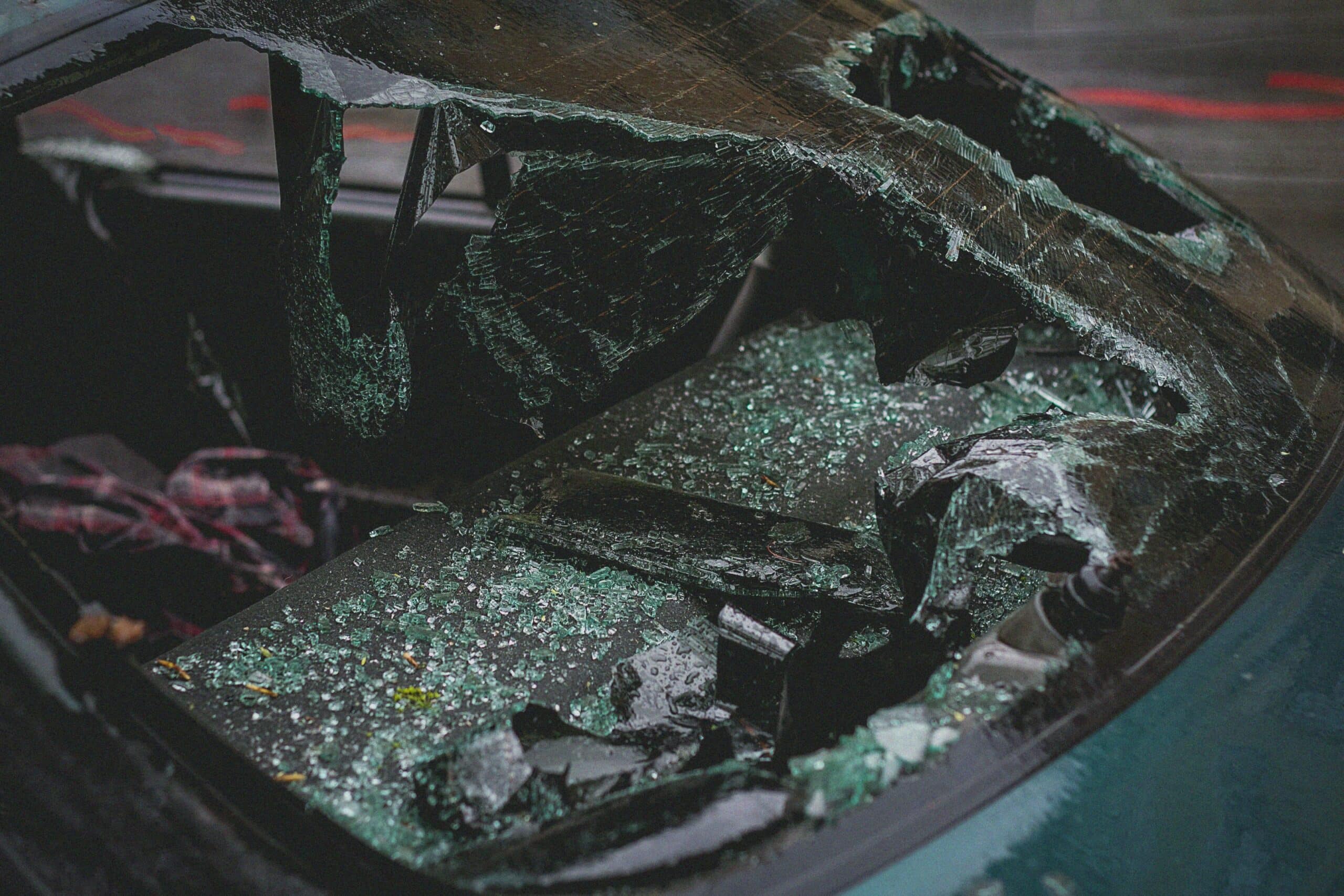
In the hustle and bustle of daily life, navigating the roads can sometimes feel like a high-stakes game. Close calls on the road, often referred to as near misses, are occurrences we’ve all experienced at one point or another. In such a near-miss event, the question arises is, “Should I report a near-miss car accident?” In this article, we will explore the significance of reporting near misses and near collisions, the difference between the two, and the effective ways to report them.
Near Miss vs. Near Collision: Unpacking the Terms
Before delving into the reporting system, it’s essential to understand the distinction between near misses and near collisions. A near miss is a situation where two or more objects – in this case, vehicles – come dangerously close to colliding but ultimately avoid an actual impact. On the other hand, a near collision refers to a scenario where the vehicles involved do make contact, but the impact is minimal, resulting in no significant damage or injury.
Why Focus on Near Misses or Near Collisions?
You might wonder why paying attention to events that didn’t result in an accident is crucial. The answer lies in these near misses’ potential to provide valuable insights into improving road safety. Identifying patterns of near misses can help prevent future accidents by addressing underlying issues such as dangerous intersections, poorly designed roads, or problematic driving behaviors.
The Domino Effect: The Ripple Effects of Near Miss Reporting
Reporting near misses is not just a personal choice; it can be a legal requirement in many cases. Many jurisdictions and insurance companies mandate the reporting of near misses and near collisions. Failing to report such near-miss incidents could lead to complications in the event of a future accident, making it challenging to establish fault and potentially impacting insurance claims.
Effective Reporting and Analysis of Near Misses and Near Collisions
To make reporting a near miss as seamless as possible, gathering as much near-miss information as possible about the incident is essential. Note the time, date, and location, and collect details about the vehicles involved. If possible, obtain witness statements or any available surveillance footage. This information can be invaluable when filing a report with your local authorities or insurance company.
How to Report a Near Miss: A Step-by-Step Guide
Reporting a near miss is a straightforward process, but it’s important to be thorough. Here are the steps to follow:
Ensure Safety: First and foremost, ensure that you and others involved are safe. Move to a safe location away from traffic if necessary.
Gather Information: Collect as much information as possible about the incident. This includes the date, time, location, and contributing factors like weather or road conditions.
Document Witness Information: Gather their contact information if there were any witnesses to the near miss. Their statements may be crucial in corroborating your account.
Take Photos: If there is visible evidence, such as skid marks or damaged property, take photos. These visuals can strengthen your case and provide additional context.
Contact Authorities: Report the near miss to the local police or relevant authorities. Provide all the essential information you have gathered to a police officer. An official police report documents the incident and creates a formal record that can be crucial in future legal proceedings or insurance claims.
Inform Your Insurance Company: Even if there was no actual collision, it’s advisable to inform your insurance company about the near miss. They can guide you on the next steps and document the incident for future reference.
The Impact on Personal Injury and Property Damage
While a near miss may seem inconsequential at first, it can potentially impact personal injury and property damage in the long run. Reporting near misses contributes to a comprehensive understanding of road safety and helps prevent future injuries and accidents.
The Role of Near Miss Reporting in Occupational Safety
The concept of reporting near misses extends beyond the realm of everyday drivers. Near-miss reporting is a critical component of maintaining a safe work environment in the occupational safety sphere. The Occupational Safety and Health Administration (OSHA) encourages the reporting of near misses to create a safer work environment. Identifying potential hazards before they escalate into accidents is a proactive approach that can save lives and prevent injuries.
Who Do You Need an Attorney?
In certain situations, you may wonder whether you need the assistance of an attorney after a near miss. Here are some scenarios where seeking legal guidance may be beneficial:
Personal Injury: If the near miss resulted in injuries, even minor ones, consulting with a personal injury attorney can help you understand your rights and potential legal actions.
Property Damage: Significant property damage may require legal assistance, especially if there are disputes with insurance companies or the responsible parties.
Fault Disputes: If there is a dispute about who was at fault for the near miss, an attorney can help gather evidence, assess liability, and navigate legal proceedings.
Insurance Claim Denial: If your insurance claim related to the near miss is denied, an attorney can assist in appealing the decision or pursuing legal action if necessary.
Long-Term Effects: If you anticipate long-term physical or psychological effects from the near miss, consulting with an attorney can help you explore options for compensation and support.

Get Help from a Skilled Car Accident Attorney at BLG
Reporting a near-miss car accident is not just about adhering to legal requirements; it’s about contributing to the collective effort to improve road safety. Each near miss reported is a step toward identifying and rectifying potential hazards, making our roads safer for everyone.
Remember, the last thing anyone wants is to be involved in an accident. By reporting near misses and near collisions, you’re taking a proactive stance towards preventing future incidents, protecting yourself, and making a positive impact on the safety of our roads. So, the next time you find yourself asking, “Should I report a near-miss incident?” – the answer is a resounding yes. Your action today could prevent an accident tomorrow.
We understand that navigating the aftermath of a near-miss car accident can be overwhelming. At BLG, we’re here to provide you with the legal guidance and advocacy you deserve. Our experienced team is ready to assist you in understanding your rights, whether you’re dealing with personal injuries, property damage, or insurance disputes.
Contact BLG for a free consultation today!
FAQs
Is a near-miss incident reportable?
Yes, near-miss incidents are reportable in various industries. Reporting near misses is crucial for proactive safety management, helping identify potential hazards, and enabling the implementation of preventive measures.
What action should you take if you come across a near-miss incident?
If you witness a near miss, prioritize safety, report promptly to the relevant authority, provide detailed information, and cooperate with investigations to identify root causes and prevent future incidents.
What to do if you almost got in a car accident?
Stay calm, avoid abrupt movements, check for injuries, exchange information if there’s contact, report to authorities or your insurance company, and, if safe, take photos for documentation. Prioritize safety and contribute to a smoother resolution of the situation.





